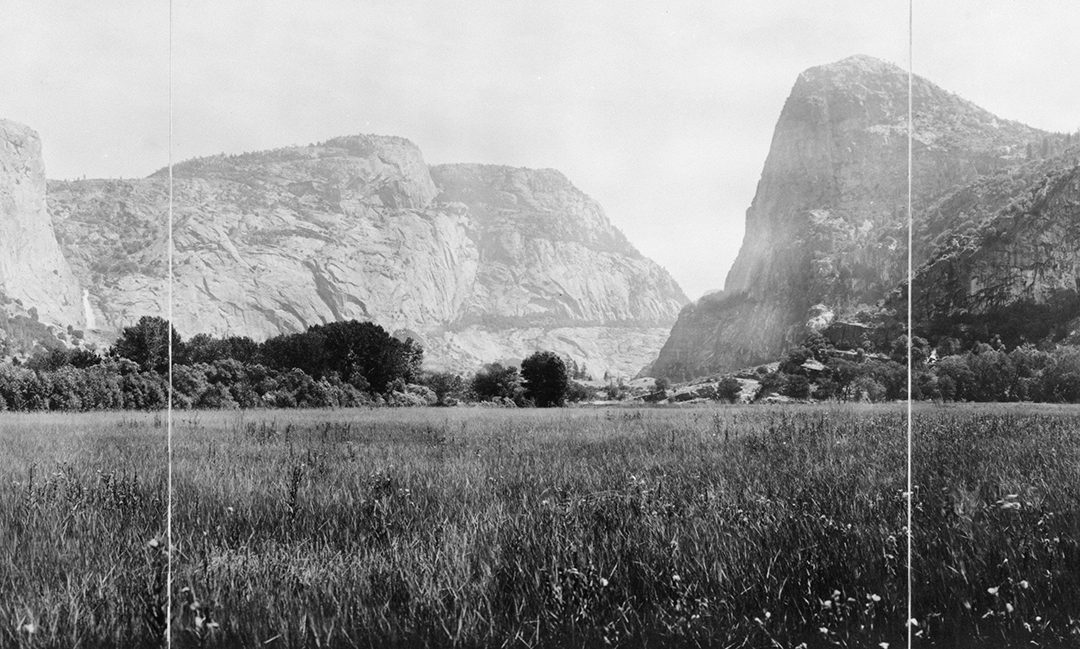
by Spreck | Dec 30, 2022 | Uncategorized
Happy New Year from everybody at Restore Hetch Hetchy!
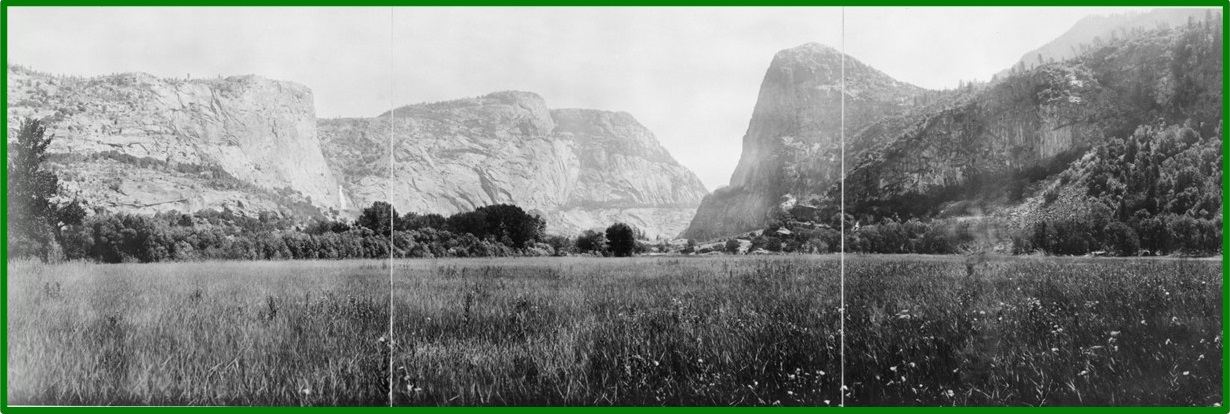
Photo: Matt Ashby Wolfskill (1908)
Today is the last chance in 2022 to make a tax-deductible contribution in support of our campaign to return Hetch Hetchy Valley in Yosemite National Park to its natural splendor – a majestic glacier-carved valley with towering cliffs and waterfalls, an untamed place where river and wildlife run free, a new kind of national park.
Options for contributing include:
- Send a check to Restore Hetch Hetchy, 3286 Adeline St. Suite 8, Berkeley, California 94703; or
- Pay by credit card online: or
- For other options, including appreciated stock, see our other other ways to give page.
We are grateful to all our supporters. Those who contribute financially, as well as those who get involved and encourage others to do so.
2023 looks to be a busy year – we will keep you informed as we:
- Pursue improved access to Hetch Hetchy through administrative, legal and legislative channels;
- Advocate for improvements to San Francisco’s water system by implementing elements of Yosemite’s Opportunity: Options for Replacing Hetch Hetchy Reservoir; and
- Broaden our circle of support to all who love Yosemite – climbers, hikers, fishermen, Native peoples and others.
Thank you to everybody who supports our vision of restoring Hetch Hetchy and making Yosemite National Park whole.
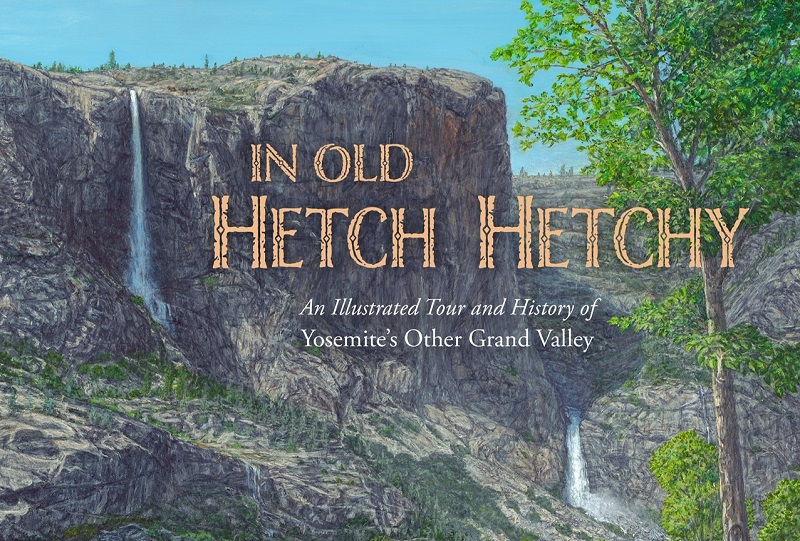
by Spreck | Dec 29, 2022 | Uncategorized
On behalf of the board and staff of Restore Hetch Hetchy, I’d like to express our ongoing gratitude to everyone who shares our vision and our commitment to achieving it.
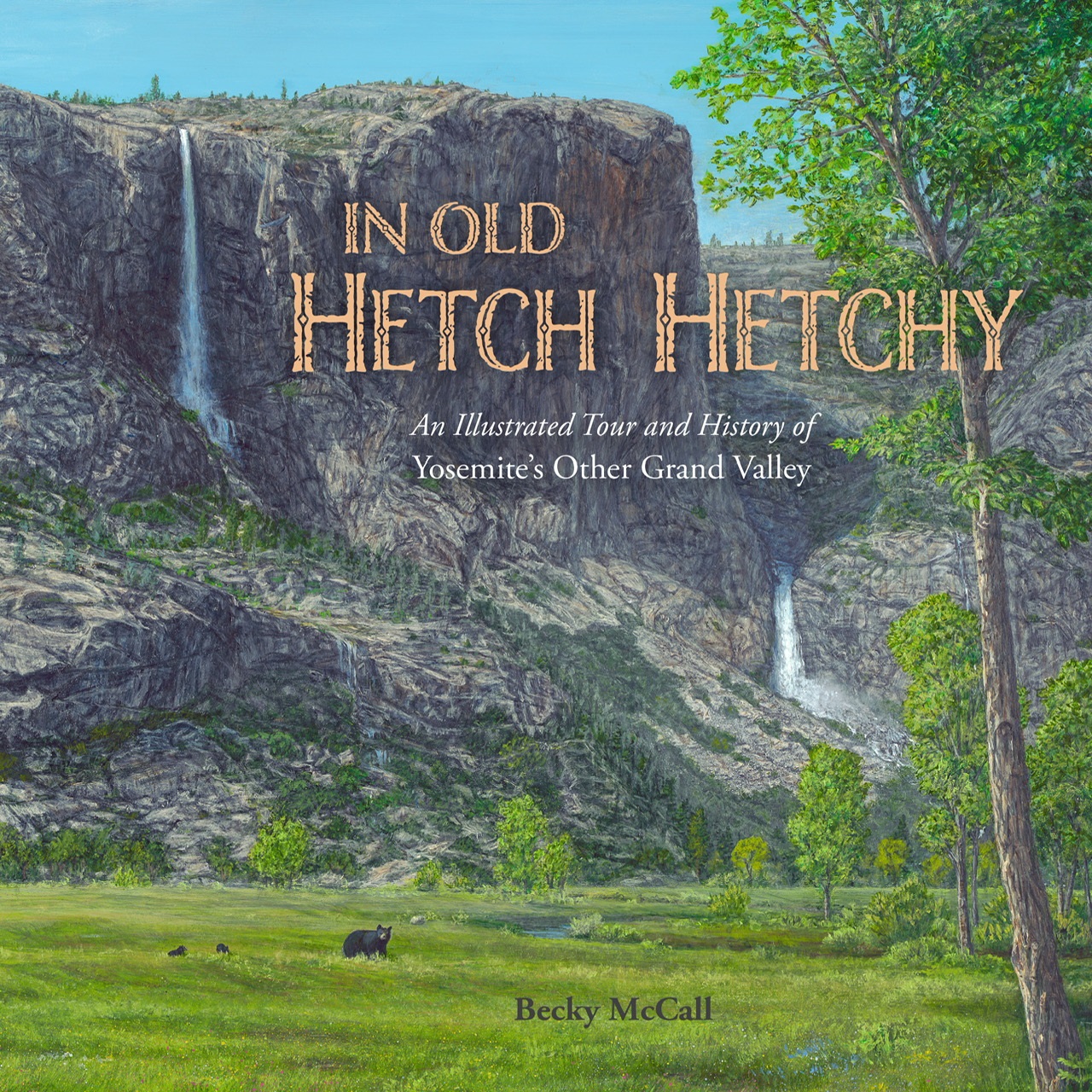 We ask all our supporters to share the story of Hetch Hetchy Valley in Yosemite National Park with their friends and family, and to tell them about the campaign to return the valley to its natural splendor. There is plenty of material on our website (tell us what is missing) but you might also suggest that people watch Finding Hetch Hetchy or purchase a copy of Becky McCall’s In Old Hetch Hetchy.
We ask all our supporters to share the story of Hetch Hetchy Valley in Yosemite National Park with their friends and family, and to tell them about the campaign to return the valley to its natural splendor. There is plenty of material on our website (tell us what is missing) but you might also suggest that people watch Finding Hetch Hetchy or purchase a copy of Becky McCall’s In Old Hetch Hetchy.
We are also still collecting signatures for our letter to Superintendent Muldoon. Our cooperative venture with the National Park Service is one of several efforts to improve access and recreation at Hetch Hetchy even with the dam and reservoir in place. We need more people to visit, to learn Hetch Hetchy’s story and to join the campaign for restoration.
We are particularly grateful to supporters who make financial contributions – large and small. It is still possible to make a tax-deductible contribution before the end of the year (funds only need to be sent by December 31, not received). Options include:
- Send a check to Restore Hetch Hetchy, 3286 Adeline St. Suite 8, Berkeley, California 94703, or
- Pay by credit card online , or
- For other options, including appreciated stock, see our other other ways to give page.
Sincerely,
Spreck Rosekrans, Executive Director
P.S. After the last three dry years, I hope folks in California are enjoying a nice wet December.
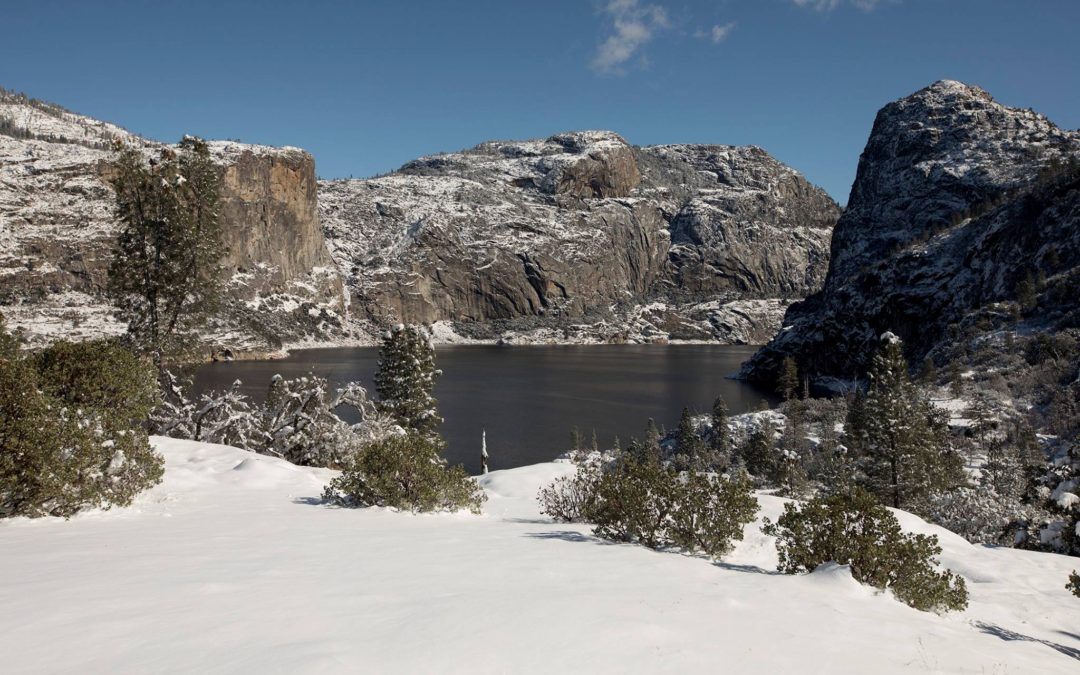
by Spreck | Dec 23, 2022 | Uncategorized
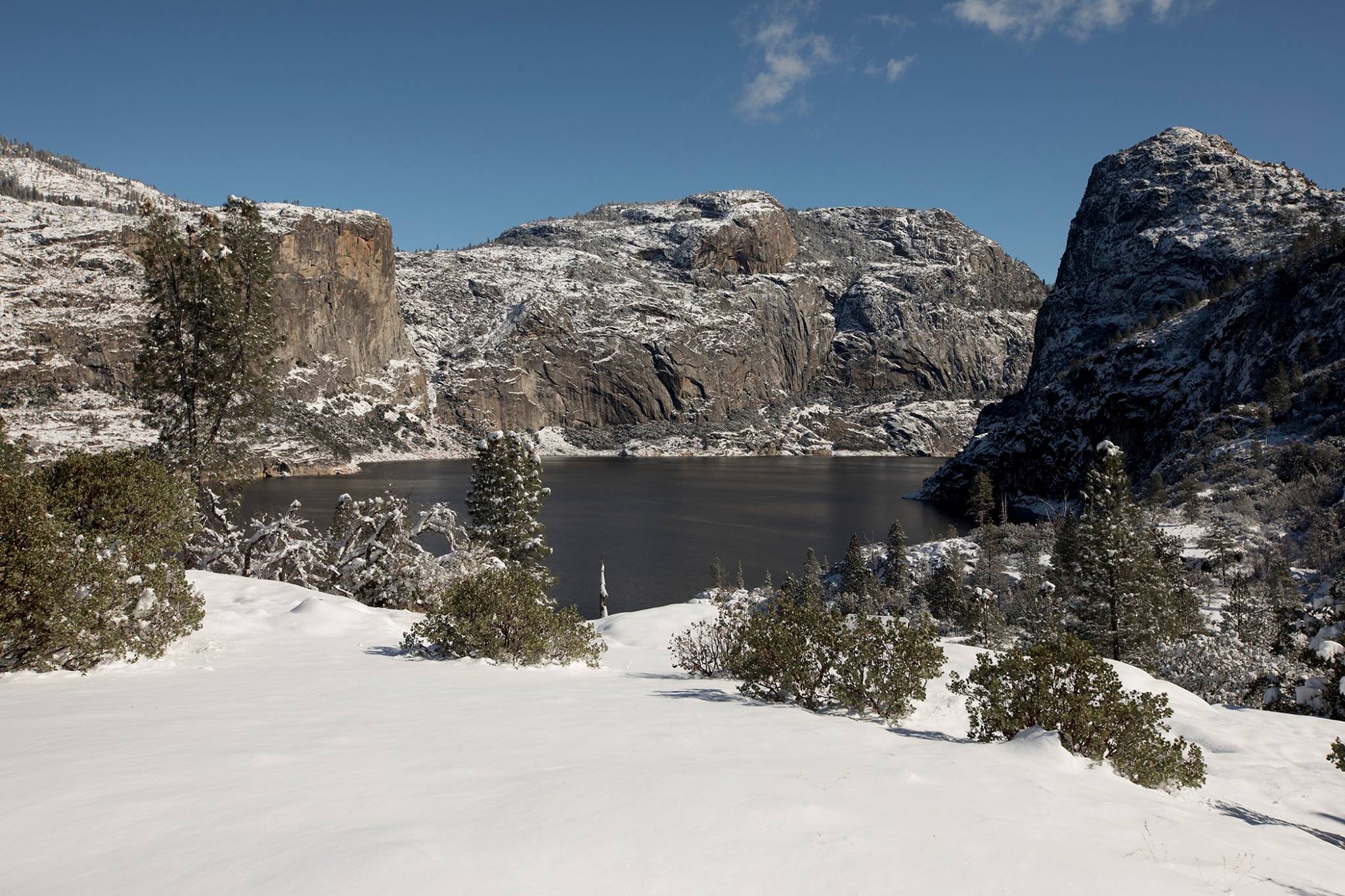 Happy Holidays!
Happy Holidays!
It’s great to have some early season weather and to see Hetch Hetchy and all of Yosemite blanketed in snow. Here’s hoping our drought comes to an end and that there are many storms in the weeks ahead.
We’ve been busy. Restore Hetch Hetchy is working cooperatively with the National Park Service to implement the recommendations of our Keeping Promises report (2021) – to improve visitor access at Hetch Hetchy and build support for restoration. It is especially exciting that Congress has paid attention as well – we look forward to reintroduction of the Yosemite National Park Equal Access and Fairness Act in 2023.
We are also pleased with initial responses to Yosemite’s Opportunity: Options for Replacing Hetch Hetchy Reservoir. Both groundwater banking and recycling are technologies that can not only replace the water storage at Hetch Hetchy but can provide important benefits to other communities as well.
You can help by making a contribution to Restore Hetch Hetchy. There are several ways, including:
- Send a check to Restore Hetch Hetchy, 3286 Adeline St. Suite 8, Berkeley, California 94703, or
- Pay by credit card online , or
- For other options, including appreciated stock, see our other other ways to give page.
Thank you very much for your consideration.
P.S. if you have not signed our letter to Superintendent Muldoon, we are still collecting signatures.
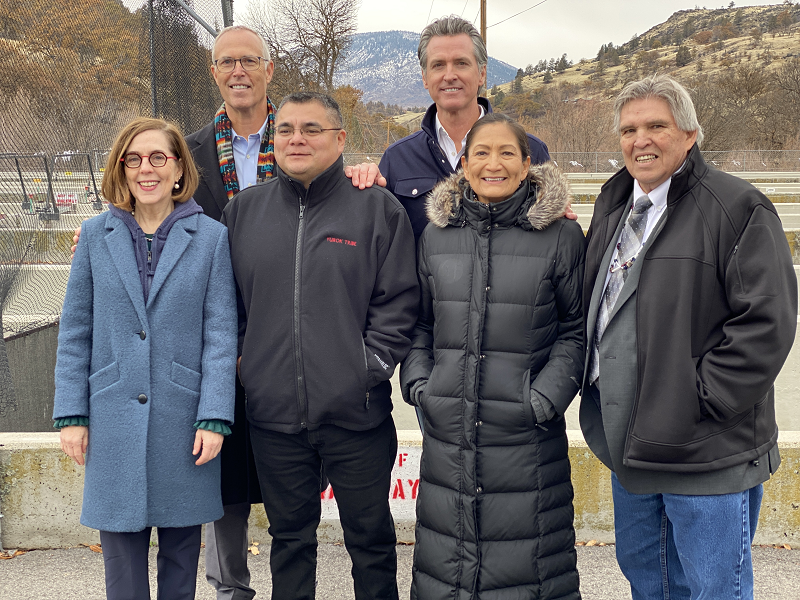
by Spreck | Dec 10, 2022 | Uncategorized
We’re happy to see Interior Secretary Deb Haaland, Governors Gavin Newsom of California and Kate Brown of Oregon, and Congressman Jared Huffman celebrating the prospective removal of dams on the Klamath River with leaders of the Karok and Yurok Tribes. There is widespread agreement that the benefits of dam removal on the Klamath outweigh the hydropower benefits that the four dams provide.

From left, Oregon Governor Kate Brown, Congressman Jared Huffman, Yurok Tribal Chairman Joseph James, California Governor Gavin Newsom, Interior Secretary Deb Haaland and Karok Tribal Chairman Russell “Buster” Attebery
We’d like to ask Haaland, Newsom and Huffman to take a hard look at the opportunity to restore Yosemite’s Hetch Hetchy Valley. There is no better time than now.
As we’ve made clear, Restore Hetch Hetchy is not anti-dam. In some cases, however, including the Klamath and Hetch Hetchy, the benefits of restoration clearly outweigh the benefits provided by the dams. Principally, dam removal on the Klamath will require annual replacement of 696 gigawatt hours of electricity by other means. That’s about twice the amount of power lost when Hetch Hetchy will be restored. Of course Hetch Hetchy will require replacement for lost water storage as well (as we recently showed in Yosemite’s Opportunity, other California water agencies are replacing at least 15 times what will be needed to keep San Francisco whole).
We’ve talked about restoration with both Newsom and Huffman, but not with Haaland. It’s fair to say that Newsom and Huffman understand that restoration is doable but have yet to see political advantage in supporting restoration. Newsom is an ex-Mayor of San Francisco but has shown unexpected leadership in the past in certain areas – will he do so on Hetch Hetchy? And Huffman is an ex-environmental attorney (NRDC) who worked hard on Central Valley fishery issues – how much does he care about Yosemite?
And what might it take for Secretary Haaland to take an interest in restoration as previous Secretaries of the Interior have?
The words of both Mahatma Gandhi (“When the people lead, the leaders will follow.”) and David Brower (“Politicians are like weather vanes. Our job is to make the wind blow.”) ring in our ears.
We all need to lead and to make the winds of change blow harder. We need to make our officials, Newsom, Haaland, Huffman and others, realize the tremendous opportunity and legacy that lies before them.

Before entering politics, Mahatma Gandhi was a lawyer.
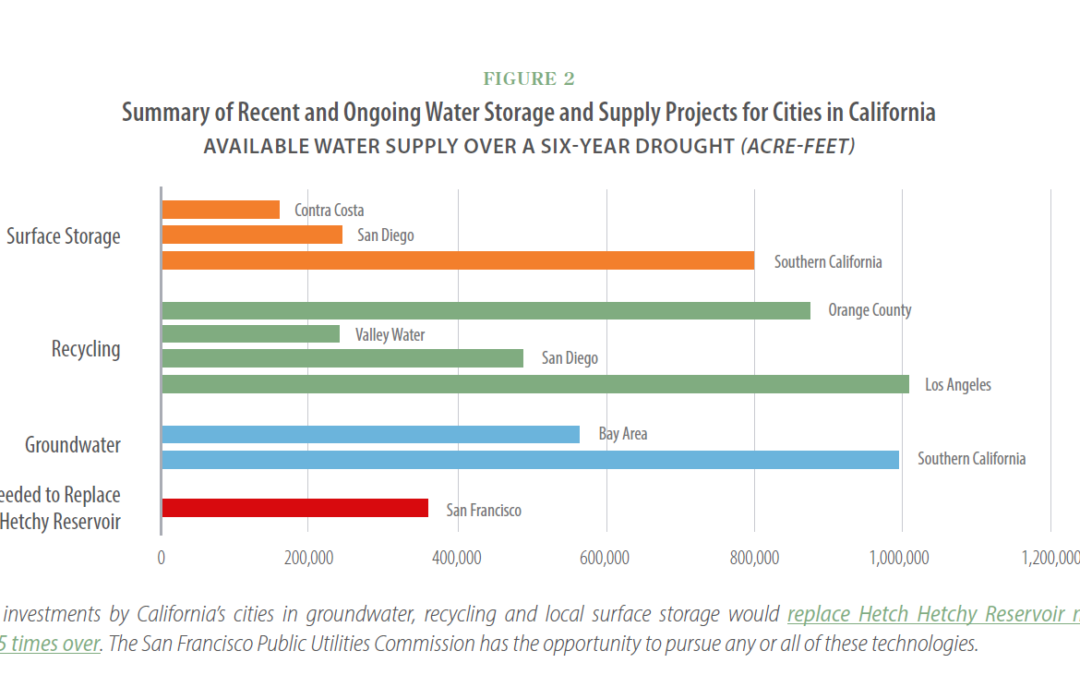
by Spreck | Nov 25, 2022 | Uncategorized
Yosemite’s Opportunity: Options for Replacing Hetch Hetchy Reservoir
Our latest report, Yosemite’s Opportunity: Options for Replacing Hetch Hetchy Reservoir, has been distributed by mail and is available online. If you haven’t received a hard copy and would like one, let us know.
Accomplishing restoration is dependent on keeping San Francisco whole with respect to water supply. It’s where the rubber hits the road. Fortunately, it’s doable – very doable.
Yosemite’s Opportunity is shorter in length than previous reports by Restore Hetch Hetchy, Environmental Defense Fund, UC Davis and the Bureau of Reclamation. It has a slightly different focus in that it shows what other water agencies have been doing for decades and that the same options are available to San Francisco.
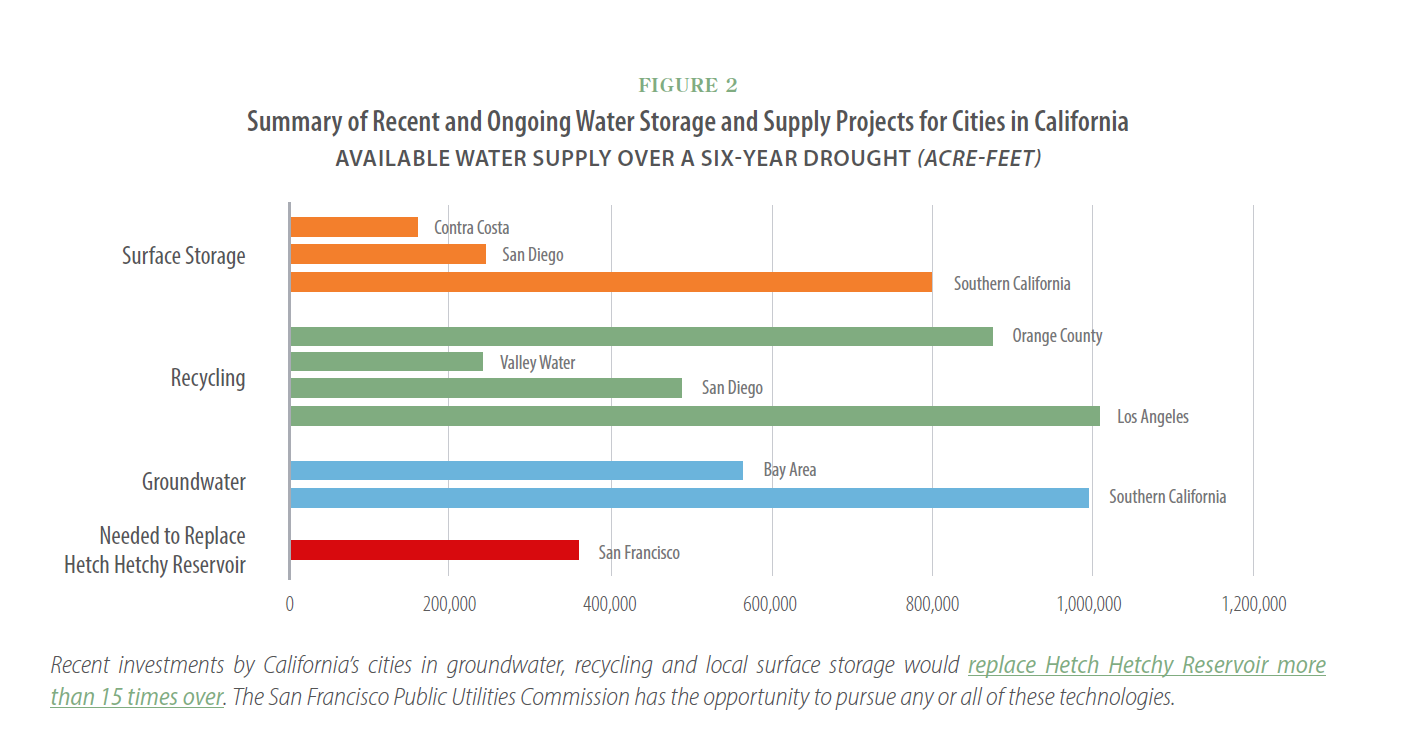
Two of the options highlighted by Yosemite’s Opportunity – recycling and groundwater banking, are more attractive than ever. Recycling not only increases water supply, it also reduces the pollution from water treatment plants that harms our rivers, bays and beaches. Banking groundwater in Turlock, Modesto and Eastside would not only benefit San Francisco but would help those areas cope with their own groundwater overdraft problems.
We have already distributed Yosemite’s Opportunity to officials in San Francisco, water agency leaders throughout California, interested journalists and many others. We will be sending the report to elected officials in Washington D.C. and Sacramento in January as new legislative sessions begin, and we plan to follow up with committee leaders and other selected members. We are pleased that members have taken interest in our Keeping Promises Report – and introduced legislation. We hope they will do the same with Yosemite’s Opportunity.
———————–
We are pleased that Vimeo has highlighted Finding Hetchy Hetchy as a “Staff Pick” and that it is racking up views by the thousands. Watch it there or on our website.
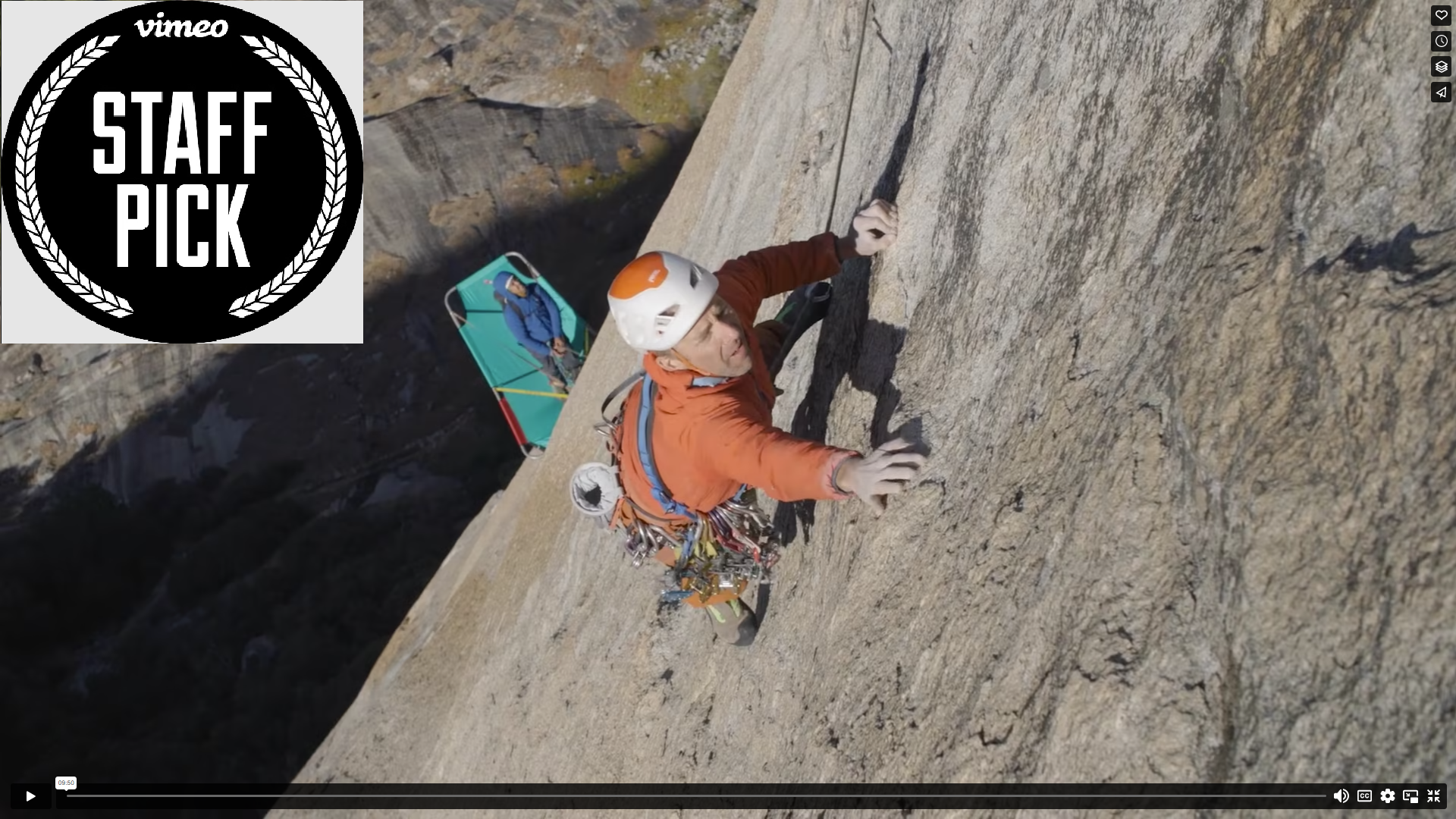




 We ask all our supporters to share the story of Hetch Hetchy Valley in Yosemite National Park with their friends and family, and to tell them about the campaign to return the valley to its natural splendor. There is plenty of material on our website (tell us what is missing) but you might also suggest that people watch
We ask all our supporters to share the story of Hetch Hetchy Valley in Yosemite National Park with their friends and family, and to tell them about the campaign to return the valley to its natural splendor. There is plenty of material on our website (tell us what is missing) but you might also suggest that people watch 





